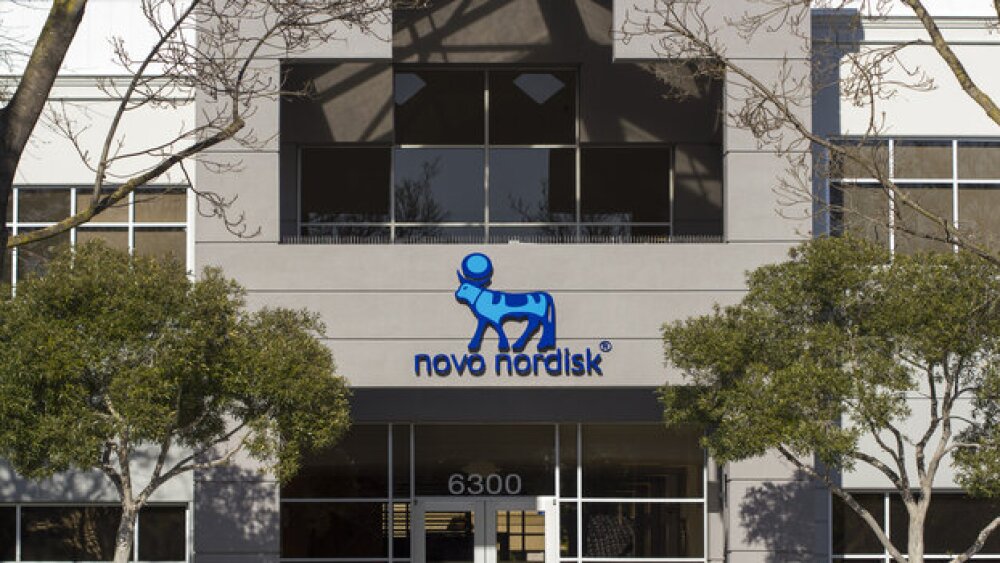After more than two decades of attempts to develop a universal influenza vaccine, the global COVID-19 pandemic intensified the need for a broader vaccine for both illnesses.
The quest to develop a universal vaccine remains the Holy Grail for vaccine developers. After more than two decades of attempts to develop a universal influenza vaccine, the global COVID-19 pandemic catapulted the need for a broader vaccine for both illnesses to the fore and created a new sense of urgency.
With that urgency came new funding for R&D. Therefore, most universal vaccines are at early stages of development with a handful of projects in clinical trials.
The term universal vaccine doesn’t imply one shot that prevents all infectious diseases. Instead, these vaccines are being developed against specific families of viruses – for example, one vaccine targeting influenza viruses and a different one targeting coronaviruses.
The goal is two-fold. First, a universal vaccine presumably would eliminate the need for annual flu shots as the strain of flu would be less of an issue. This is because the vaccine would target conserved sites within the virus – sites that never, or rarely mutate. That is the second benefit: because it targets conserved sites, the vaccine, whether for influenza, coronavirus or another infectious disease, would provide protection despite changes in the virus.
One of the more advanced projects is the National Institutes of Health’s universal flu vaccine, BPL-1357, which entered Phase I clinical trials in June. Developed by researchers at the National Institute of Allergy and Infectious Diseases (NIAID), the vaccine was detailed recently in Science Translational Medicine.
It is composed of four non-infectious strains of the avian flu virus. In preclinical work, each of the mice receiving the vaccine either intramuscularly or intranasally survived lethal challenges from six different influenza strains, including virus subtypes that were not included in the vaccine.
NIAID researchers intend to enroll up to 100 adults in the Phase I trial. By comparing the responses of those receiving the vaccine through intramuscular or intranasal administration, the researchers expect to determine whether engaging cellular and antibody aspects of the immune system will enhance protection against the flu.
A New Class of Antibodies against Coronaviruses
Earlier along, researchers at ETH Zurich and the University of Washington have identified a new class of antibodies that neutralizes most coronaviruses, according to a paper published recently in Science.
“Our study highlights a class of antibodies targeting the fusion peptide region of coronavirus spike protein that can offer unprecedented broad protection not only against SARS-CoV-2 and its variants but also across alpha and betacoronaviruses, including common cold viruses and animal coronaviruses,” Jun Siong Low, Ph.D., first author and professor of medical immunology at ETH Zurich told BioSpace.
The broad neutralizing monoclonal antibodies (mAbs) Low and colleagues described, combined with a sister study on cross-reactive T cell responses, “highlight the conserved fusion peptide as an attractive target that should be considered in universal vaccine design to drive broadly-protective T and B cell immunity,” he said.
“This fusion peptide region is unique because some coronaviruses (including SARS-CoV-2) found a way to hide it. Therefore, generating a robust anti-fusion peptide immune response might not be a trivial task,” Low cautioned. Now, he said he and his colleagues “are working to better understand how to expose the fusion peptide regions to elicit a robust anti-fusion peptide B cell response for broad, universal protection against coronaviruses.”
More Universal Vaccines in Development
ExcellGene SA, Bharat Biotech International and the University of Sydney are collaborating to generate and screen a large library of chimeric spike proteins to identify highly cross-reactive antigen structures that could be used to target existing and future variants of the SARS-CoV-2 virus. The work is part of a consortium funded by the Coalition for Epidemic Preparedness Innovations (CEPI). The team expects to develop a novel antigen complex featuring a trimeric spike protein composed of mutations from variants of concern, and thus elicit greater cross-reactivity against current or future variants.
Blue Water Vaccines presented promising data last spring for BWV-101, which is still in preclinical development. Licensed from the University of Oxford, the vaccine is based upon epitopes of limited variability to provide a cross-reactive immune response to a variety of strains of flu.
The idea of developing vaccines using proteins that elicit cross-protective immunity emerged around the year 2000. Since then, although researchers discussed conserved sites (which remain unchanged as the virus mutates), no broad vaccine emerged. As Low said, “Developing a universal vaccine – for example, one that is effective against all coronaviruses – would require an understanding of the nature of a broad immunity against coronaviruses.”
That hasn’t proven easy. As John Sharkey, VP of business development at GeoVax told BioSpace, “The conserved part of the flu virus is called the stalk, which when targeted is a good generator of T-cells, but not antibodies to the stalk. Antibodies are good at preventing the initial infection, but T-cells are important to clear the infection and reduce morbidity and mortality, so developing a universal antibody for flu will be difficult.”
Consequently, universal vaccines will continue to be the Holy Grail for vaccine developers.






